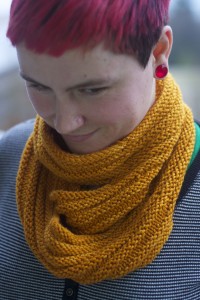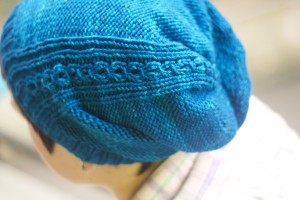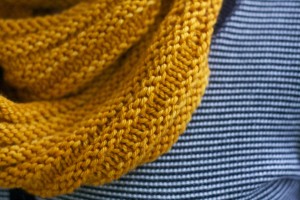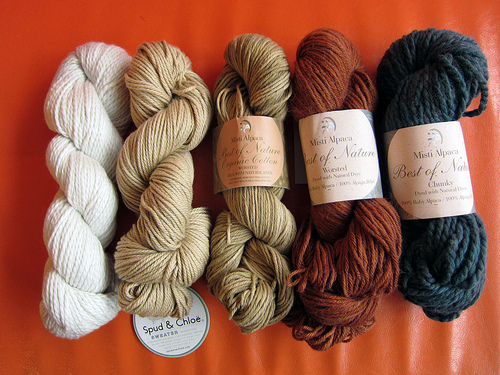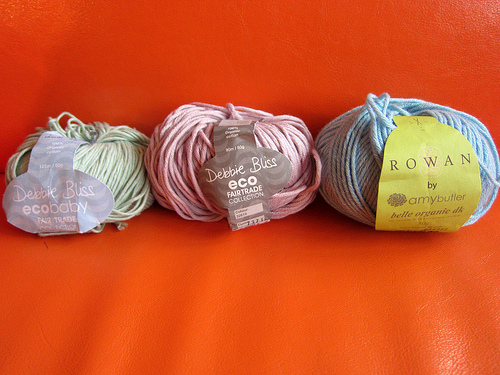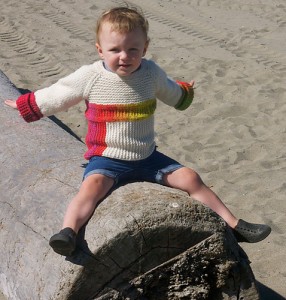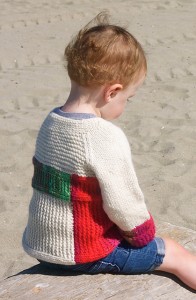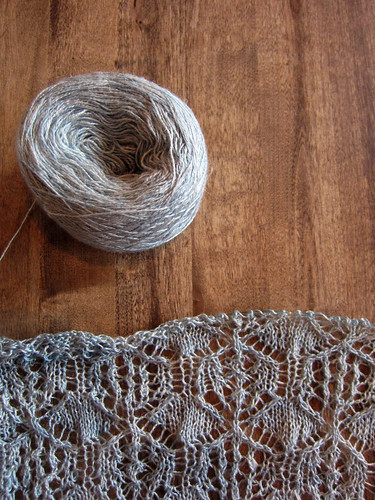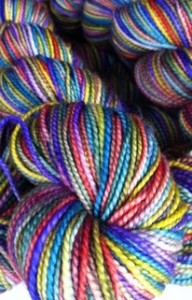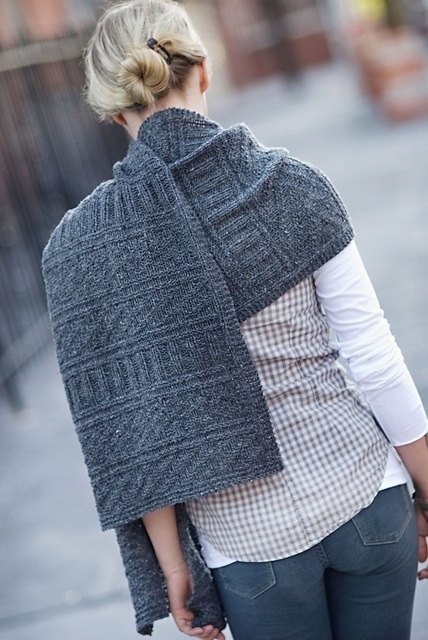First off, forgive the photo-less post. Hopefully the astounding usefulness of the content will make up for it (it has been a pretty crazy few weeks).
Okay, so this is a post I have been meaning to write for a while now. A really common source of confusion, especially when substituting yarn for the recommended in a project is not being familiar with yarn weight terminology. Let’s cover the basics, shall we?
From finest to heaviest…
Cobweb/gossamer: The finest of yarns, not very commonly found in stores (I don’t think we even carry anything at the moment that would qualify – maybe one of the more unique Habu yarns). The most common use that comes to mind is Shetland Wedding Ring Shawls where the shawl is so fine that it can be pulled through a wedding ring by its corner. I don’t know what gauge this would correspond to, and I can’t think of any case where gauge would be checked except in a lace pattern.
Lace/Mohair: The standard for most lace shawls that you’ll come across these days. Often listed as a gauge of 32+ sts/4″ (needle size will vary greatly), this is usually not terribly important – typically gauge would be measured in pattern, not in stockinette. Fine mohairs such as Rowan Kidsilk Haze are often classified as lace weight, but there are heavier mohairs out there.
Fingering: Also called sock or 4-ply, this weight of yarn is often used for socks, but also shawls, and many other items. Typically the lightest weight yarn that is knit into a solid fabric that will produce any substantial body. Gauge is approximately 28sts/4″ on a 2.00 to 3.00mm needle.
Sport: A relatively uncommon weight of yarn, most often listed as a gauge of 24-26sts/4″ on a 3.5-4.5mm needle. “Baby” or “3-ply” yarns are both somewhat outdated terms that are still used by some sources and correspond to 25sts/4″.
DK: The lightest of the mid-weight yarns, DK or double-knitting yarn (different from the double knitting technique) knits up at 22sts/4″ on a 4.0mm or so needle.
Worsted: Somewhat less common than DK or aran weight yarn, worsted weight knits to 20sts/4″ on 4.0-5.0mm needles. Standard, mid-weight.
Aran: Starting to get into the heavier yarns, aran weight yarn ranges from 18 to 16sts/4″ on a 5.0-5.5mm needle. Sweaters, pillows, scarves, blankets, anything with a good degree of body to it. Starting to make a noticeably heavier fabric.
Chunky: Definitely getting into the heavy stuff now. 14-12 sts/4″ on a 6.0mm or heavier needle. Generally the heaviest I would recommend for sweaters, but still somewhat versatile.
Bulky: 10-8sts/4″ on at least an 8mm needle. In my mind, a bit much for garments, but very popular for quick accessories.
Super Bulky: Anything heavier than bulky. We are talking super ropey, big yarn here. Heavy, very warm, knits up quickly, but often impractical due to the bulk and weight.
Oh, and here’s a really fun fact to wrap up. If you want to know the weight of a yarn held double, multiply the gauge by 0.7 (or, 70%). So for example, if a worsted weight yarn is held double-stranded, it will knit up to approximately 14sts/4″ because 20×0.7=14 (on a larger needle – typically the needle recommended for yarn of the new, heavier gauge).
That’s only half the fun though… What if we want to hold two DIFFERENT yarns together? Let’s say we have a DK weight yarn and a fingering weight yarn. We add the gauges, average, and multiple by 70%. So, ((22+28)/2)x0.7 = 17.5 (or, very close to aran weight). This is maybe scary math for some people, but we can help you out with it in store, and it really is a very very powerful tool for taking control of your knitting.
